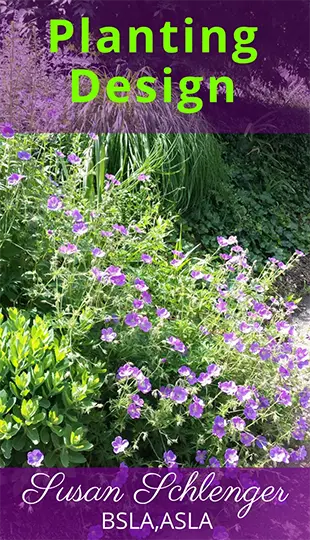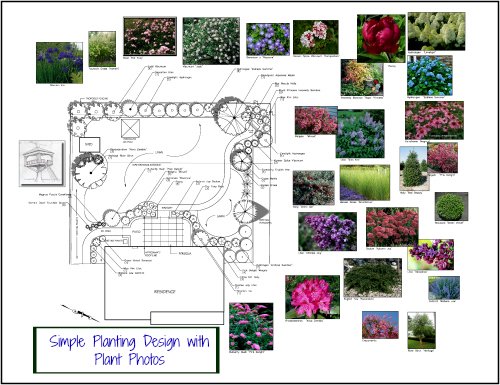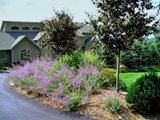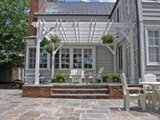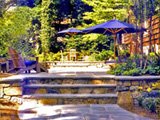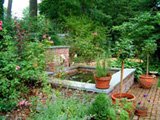Paver Steps
Choosing The Materials
If you are constructing paver steps, you have quite a few choices for tread materials. The tread is the part you actually step on while the riser is the vertical section.
Here are some videos that show various examples for you to see and help you make your decision.
You can watch this video on paver stairs and then go back, referring to my comments one each set of steps. Btw, these are all called paver steps as the riser (the vertical part of the landscape stairs) are block. You can use block that goes with your pavers, assuming this is adjacent to a paver patio. However, pavers themselves, can also be used.
1. The first step shows treads made from wall caps. Often companies produce concrete block as a material to use for free standing or retaining wall construction. These blocks come with a cap to finish off the top of the wall. These are nice for treads as they provide a large comfortable surface to step onto with few joints. (See #3 below where bullnose pavers are used. There are many joints since these bullnose pavers are narrow.)
2. These steps have a solid bluestone tread. I love this look. It adds natural stone to the project and there are no joints.
3. Here are the bullnose pavers used for the treads. The nice thing about using these for pavers step treads is that you can match them to your patio. Most companies offer bullnose pavers to match their concrete pavers.
4. Here are some more bullnose pavers as treads.
5. This shows another solid bluestone tread. But notice the edge of the stone? This is called thermal finish, which provides a different look and minimizes chipping. However, I prefer the bluestone without the thermal edge for a cleaner look.
Here is another video of paver stairs. This one shows the steps with the patio.
Notice how the pavers of the patio and the landing surface match, but the bullnose pavers and the risers (block) are a different color? You can do this, but I prefer when it is all in the same family. The patio pavers are a blend made up of different colors.
What I would have liked better, if a different color for the outdoor steps was desired, would have been to choose one of the colors that are in the blend, such as gray or tan, rather than the reddish color that was used.
The important thing is to make sure your steps match and adjacent paving...or looks well with it.
You might also like my page with videos on stone steps.
If you enjoyed this page, please share it!
Landscape Design Advice > Landscape Steps > Paver Steps
